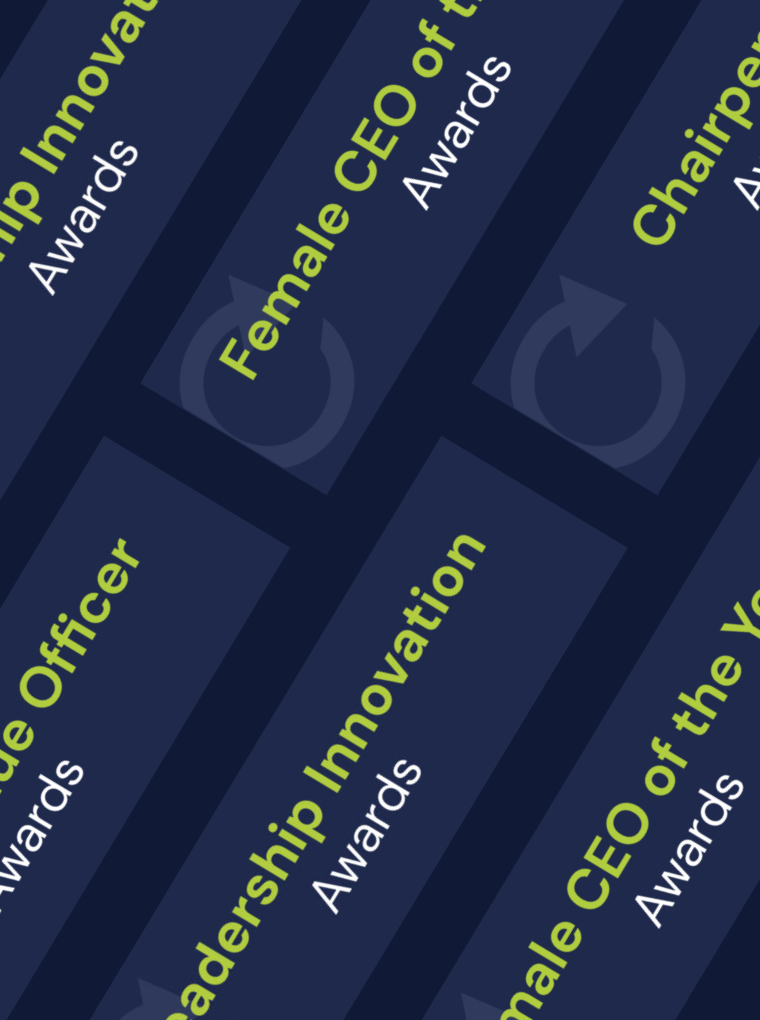The Role of Diversity and Inclusion in Driving Business Success

By Kate Davis, founder of Meraki People
It’s tempting to think diversity and inclusion have already been dealt with.
Policies are written, metrics are reported and awareness days are ticked off the calendar.
But the companies gaining real ground aren’t treating D&I as a completed task, they’re weaving it into how decisions are made, how people are valued and how future success is shaped.
When we talk about diversity, it’s not just about race, gender, or age. True diversity includes different ways of thinking, life experience, neurodivergence, socio-economic background, disability (both visible and invisible), nationality, cultural heritage and more. It’s the full range of human difference and whether organisations recognise, value and use it wisely.
The businesses creating lasting success aren’t simply the ones that look diverse, they’re the ones where different voices are genuinely heard and acted on. Where innovation comes from varied perspectives and where teams are resilient because challenges are seen from more than one angle.
The real question isn’t “have we ticked the boxes?”, it’s “are we hearing from people we would never have heard from ten years ago?”
Diversity and Inclusion: A Strategic Advantage, Not a Side Project
High-performing organisations don’t treat diversity and inclusion as a social project. They see it as a strategic asset.
It’s a leadership discipline fundamental to innovation, agility and sustainable growth.
When teams bring together a breadth of perspectives shaped by different backgrounds, lived experiences and ways of thinking they spot risks earlier, generate more creative solutions and avoid the blind spots that homogenous groups often miss.
It’s no coincidence that companies with more diverse leadership teams outperform their peers financially. McKinsey’s 2023 report found that companies in the top quartile for ethnic and gender diversity on executive teams were 39% more likely to outperform on profitability than those in the bottom quartile (McKinsey, 2023).
In other words: inclusion isn’t about being seen to do the right thing, it’s about doing what makes the business stronger.
What Happens When Diversity Stops at Optics
The risk many organisations face is assuming that visible diversity – hiring more women, appointing leaders from different ethnic backgrounds – is enough.
Representation matters. But it’s just the starting point.
Without true inclusion, without systems that actively hear, promote and act on different voices, businesses fall into performative habits that cost them dearly.
Here are some tell-tale signs that inclusion isn’t as embedded as leaders might think:
5 Signs You’re Not as Inclusive as You Think
1. The same voices dominate key conversations.
If most decisions are made by the same small group, you’re likely missing out on different perspectives and better outcomes.
2. Promotion and opportunity patterns are narrow.
If leadership progression quietly favours a familiar type, it’s a sign that systemic barriers may still exist, even unintentionally.
3. New ideas from different perspectives stall early.
Innovation needs psychological safety. If fresh viewpoints get overridden, minimised, or quietly dropped, inclusion isn’t working yet.
4. Diverse hires leave faster than others.
Representation without real belonging leads to quick exits. Retention is often a more revealing measure than recruitment.
5. Feedback exists — but doesn’t lead to change.
If employees share concerns or suggestions but nothing shifts then trust erodes. Inclusion means acting on insight, not just collecting it.
Inclusion isn’t about events, surveys, or policies. It’s about the everyday moments where culture is either reinforced or undermined.
Inclusion as a Growth Engine: What the Data Tells Us
Organisations that embed diversity and inclusion into their operations gain tangible commercial advantages.
Take Diageo, for example: over 44% of leadership roles are now held by women and 46% by ethnically diverse leaders; achievements which have paralleled their global growth and brand dominance. They proudly announce their steps towards inclusion regularly on their website.
Or look at Harry Specters, a chocolatier whose business model (employing and empowering autistic individuals) has not only won awards for their products but built fierce brand loyalty in the process (Harry Specters, 2024).
The commercial upside is clear: Diverse, inclusive companies attract wider talent pools, understand broader customer bases, innovate more naturally and show stronger financial returns.
And perhaps just as importantly, they build resilience – the ability to adapt, evolve and thrive in a fast-changing world.
Leadership’s Role: Embedding Inclusion into the Business Blueprint
Building truly inclusive businesses isn’t a task to delegate to HR. It sits firmly at leadership level.
- It’s in who gets promoted.
- It’s in how decisions are made.
- It’s in whose ideas shape the strategy.
- And it’s in the behaviours that are rewarded and repeated every day.
Inclusion isn’t a project, it’s a leadership habit. It’s designing systems where a wide range of voices not only exist, but influence outcomes. It’s recognising that the workplaces we build today are the ones that will shape the lives of the next generation, including our own children.
The next wave of talent, leaders and entrepreneurs expect workplaces where inclusion isn’t exceptional.
The leaders who create those environments now won’t just build stronger businesses.
They’ll leave behind something far more valuable.
Conclusion
Diversity and inclusion aren’t just about values, they’re about value. They drive innovation, growth and resilience. They create organisations that are not only more human, but more competitive.
And for leaders willing to embed inclusion into the very fabric of their business, the rewards – financial, strategic and cultural – will speak for themselves.







